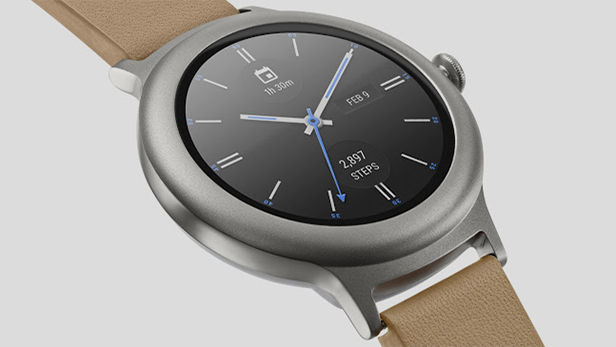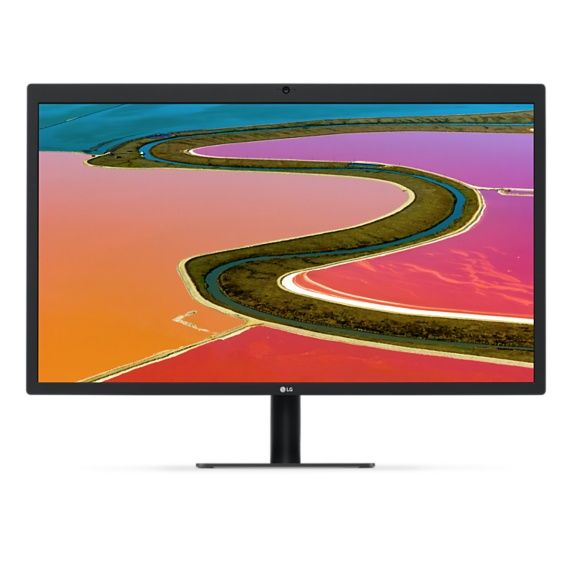Own Your Interfaces

The greatest benefit of the Internet is the democratisation of technology. Development of customised high-tech solutions is no longer required for success, as ubiquitous commodity technology makes it easy to bring new product offerings to market.
Together with the ongoing move from one-time to recurring purchases, this process of commoditisation moves the basis of the competition to the customer experience. For most companies, the potential lifetime value of a new customer is now many times the profit from their initial purchase. This hoped-for future revenue makes it imperative to control the customer's experience at every point.
As an illustration, let us consider two scenarios involving outsourcing of products that are literally right in front of their users for substantial parts of the day.
Google Takes Its Eye Off the Watch
The first is Google and Android's answer to the Apple Watch, Android Wear. As is (usually) their way, Google have not released their own smartwatch product. Instead, they have released the Android Wear software platform, and left it to their manufacturing partners to build the actual physical products.
Results have been less than entirely positive:
If Android Wear is to be taken as seriously as the Apple Watch, we actually need an Android version of the Apple Watch. And these LG watches simply aren't up to the task.

Lacking the sort of singular focus and vertical integration between hardware and software that Apple brings to bear, these watches fail to persuade, and not by a little:
I think Google and LG missed the mark on every level with the Style, and on the basis of features alone that it is simply a bad product.
So is the answer simply to follow Apple's every move?
It is certainly true Google have shown with their Nexus and Pixel phones just how much better a first-party Android phone can be, and it is tempting to extrapolate that success to a first-party Google Watch. However, smartwatches are still very much a developing category, and it is not at all clear whether they can go beyond the current fitness-focused market. In fact, I would not be surprised to see a contraction in the size of the overall smartwatch market. Many people who bought a first-generation device out of curiosity and general technophilia may well opt not to replace that device.
Apple Displays Rare Clumsiness
In that case, let us look at an example outside the smartwatch market - and one where the fumble was Apple's.
Ever since Retina displays became standard first on MacBooks1 and then on iMacs, Mac users have clamoured for a large external display from Apple, to replace the non-Retina Apple Thundebolt Display that still graces many desks. Bandwidth constraints meant that this was not easy to do until a new generation of hardware came to market, but Apple fans were disappointed when, instead of their long-awaited Apple Retina 5K Display, they were recommended to buy a pretty generic-looking offering from LG.

Insult was added to injury when it became known that the monitor was extremely sensitive to interference, and in fact became unusable if placed anywhere near a wifi router:
the hardware can become unusable when located within 2 meters of a router.
Two metres is not actually that close; it's over six feet, if you're not comfortable with metric units. Many home office setups would struggle with that constraint - I know mine would.
Many have pointed out that one of the reasons for preferring expensive Apple solutions is that they are known to be not only beautifully designed, but obsessively over-engineered. It beggars belief that perfectionist, nit-picking Apple would have let a product to market with such a basic flaw - and yet, today, if an Apple fan spends a few thousand dollars on a new MacBook Pro and a monitor in an Apple Store, they will end up looking at a generic-looking LG monitor all day - if, that is, they can use the display at all.
Google and Apple both ceded control of a vitally important part of the customer experience to a third party, and both are now paying the price in terms of dissatisfied users. There are lessons here that also apply outside of manufacturing and product development.
Many companies, for instance, outsource functions that are seen as ancillary to third parties. A frequent candidate for these arrangements is support - but to view support this way is a mistake. It is a critical component of the user experience, and all the more so because it is typically encountered at times of difficulty. A positive support experience can turn a customer into a long-term fan, while a negative one can put them off for good.
Anecdata Time
A long time ago and far far away, I did a stint in technical support. During my time there, my employer initiated a contract with a big overseas outsourcing firm. The objective was to add a "tier zero" level of support, which could deal with routine queries - the ones where the answer was a polite invitation to Read The Fine Manual, basically - and escalate "real" issues to the in-house support team.
The performance of the outsourcer was so bad that my employer paid a termination fee to end the contract early, after less than one year. Without going into the specifics, the problem was that the support experience was so awful that it was putting off our customers. Given that we sold mainly into the large enterprise space, where there is a relatively limited number of customers in the first place, and that we aimed to cross-sell our integrated products to existing customers, a sudden increase in the number of unhappy customers was a potential disaster.
We went back to answering the RTFM queries ourselves, customer sat went back up into the green, and everyone was happy - well, except for the outsourcer, presumably. The company had taken back control of an important interface with its customers.

Interface to Differentiate
There are only a few of these interfaces and touch-points where a company has an opportunity to interact with its customers. Each interaction is an opportunity to differentiate against the competition, which is why it is so vitally important to make these interactions as streamlined and pleasant as possible.
This requirement is doubly important for companies who sell subscription offerings, as they are even more vulnerable to customer flight. In traditional software sales, the worst that can happen is that you lose the 20% (or whatever) maintenance, as well as a cross-sell or up-sell opportunity that may or may not materialise. A cancelled subscription leaves you with nothing.
A customer who buys an Android Wear smartwatch and has a bad experience will not remember that the watch was manufactured by LG; they will remember that their Android Wear device was not satisfactory. In the same way, someone who spends their day looking at an LG monitor running full-screen third-party applications - say, Microsoft Word - will be more open to considering a non-Apple laptop, or not fighting so hard to get a MacBook from work next time around. Both companies ceded control of their interface with their customers.
Usually companies are very eager to copy Apple and Google's every move. This is one situation where instead there is an opportunity to learn from their mistakes. Interfaces with customers are not costs to be trimmed; instead, they can be a point of differentiation. Treat them as such.
Image by Austin Neill via Unsplash
-
Yes yes, except for the Air. ↩